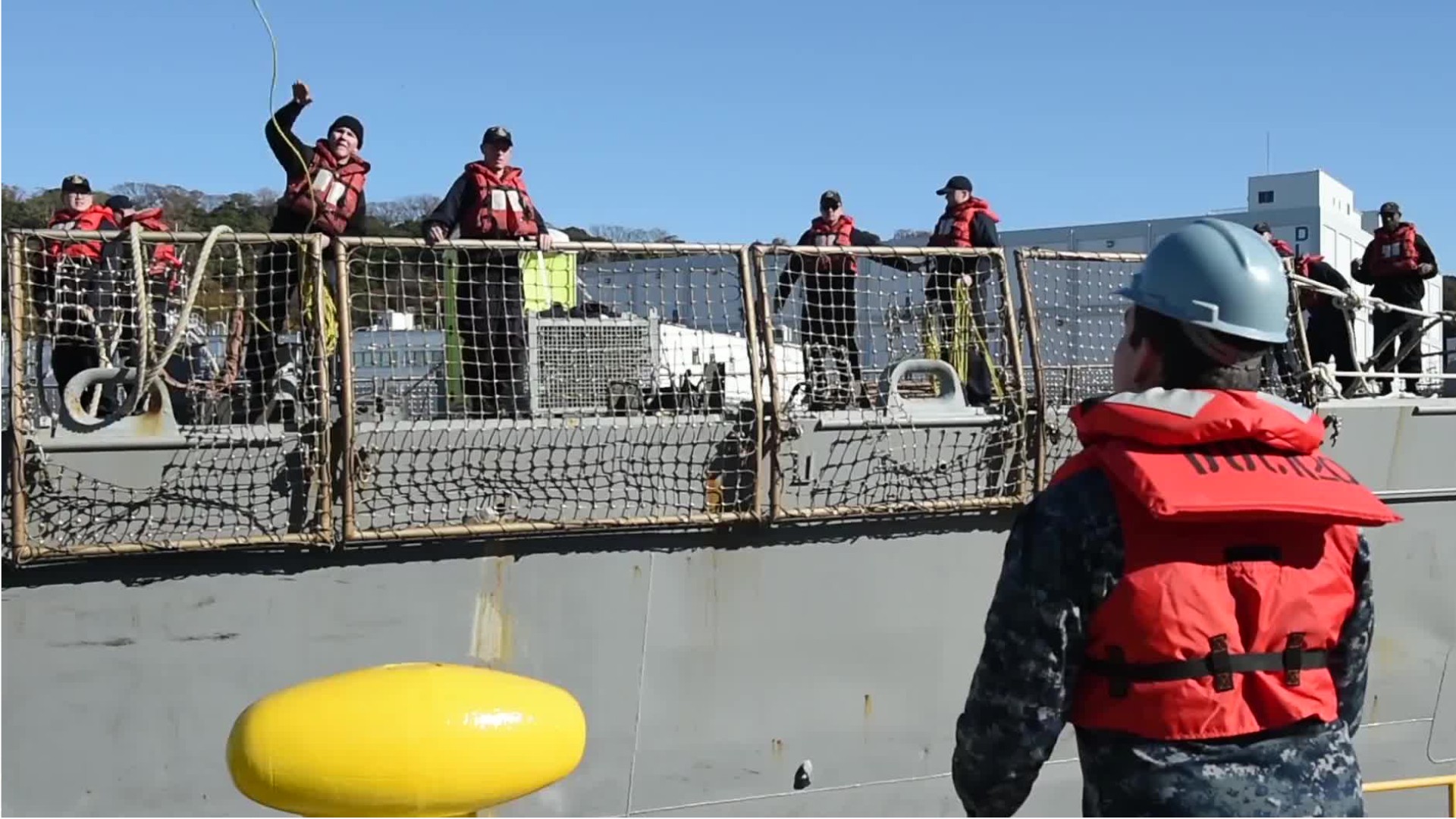Ship Engineers
Engineer, Ferry Engineer, Port Engineer, Tug Boat Engineer
What they do:
Supervise and coordinate activities of crew engaged in operating and maintaining engines, boilers, deck machinery, and electrical, sanitary, and refrigeration equipment aboard ship.
On the job, you would:
- Monitor engine, machinery, or equipment indicators when vessels are underway, and report abnormalities to appropriate shipboard staff.
- Monitor the availability, use, or condition of lifesaving equipment or pollution preventatives to ensure that international regulations are followed.
- Monitor and test operations of engines or other equipment so that malfunctions and their causes can be identified.
Knowledge
Engineering and Technology
- mechanical
- product and service development
Arts and Humanities
- English language
Safety and Government
- public safety and security
Transportation
- movement of people or goods by air, rail, sea, or road
Skills
Basic Skills
- thinking about the pros and cons of different ways to solve a problem
- keeping track of how well people and/or groups are doing in order to make improvements
Problem Solving
- noticing a problem and figuring out the best way to solve it
People and Technology Systems
- figuring out how a system should work and how changes in the future will affect it
- thinking about the pros and cons of different options and picking the best one
Abilities
Verbal
- communicate by speaking
- listen and understand what people say
Ideas and Logic
- notice when problems happen
- use rules to solve problems
Controlled Movement
- quickly change the controls of a machine, car, truck or boat
- use your arms and/or legs together while sitting, standing, or lying down
Hand and Finger Use
- hold or move items with your hands
Personality
People interested in this work like activities that include practical, hands-on problems and solutions.
They do well at jobs that need:
- Leadership Orientation
- Perseverance
- Stress Tolerance
- Self-Control
- Cautiousness
- Integrity
Technology
You might use software like this on the job:
Data base user interface and query software
- Microsoft Access
- Oracle Database
Presentation software
- Microsoft PowerPoint
Facilities management software
- Computerized maintenance management system CMMS
- Marine Software Marine Planned Maintenance
Education
Education: (rated 3 of 5)
high school diploma/GED or
certificate after high school
usually needed
certificate after high school
usually needed
Job Outlook
Below Average
New job opportunities are less likely in the future.
Explore More
- Hydroelectric Plant Technicians
- Maintenance & Repair Workers, General
- Marine Engineers & Naval Architects
- Sailors & Marine Oilers
- Stationary Engineers & Boiler Operators
You might like a career in one of these industries:
See more details at O*NET OnLine about Ship Engineers.





